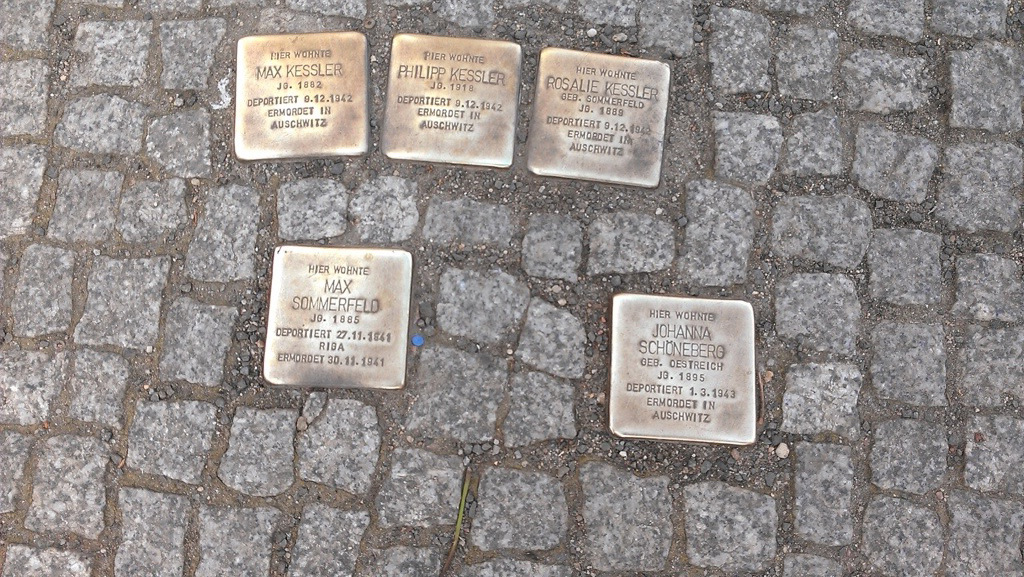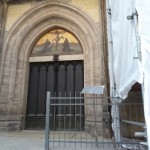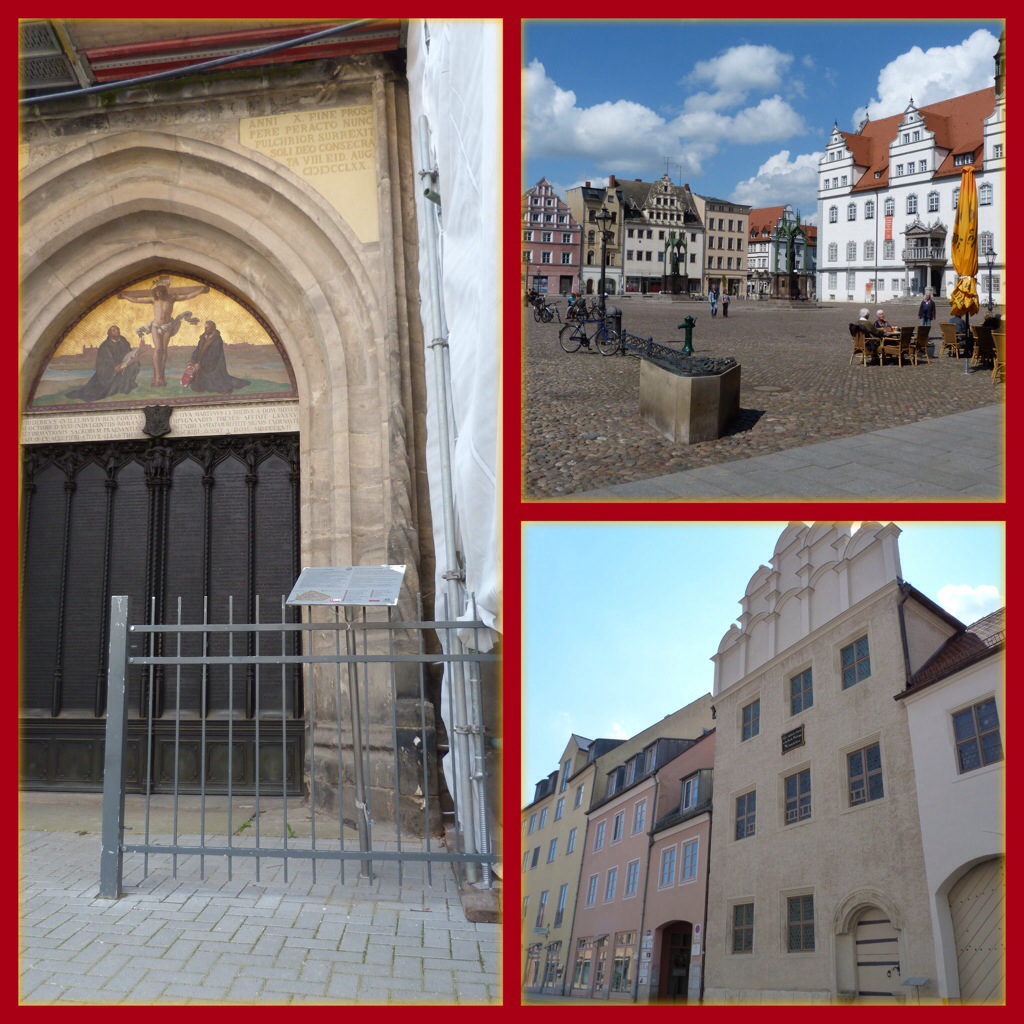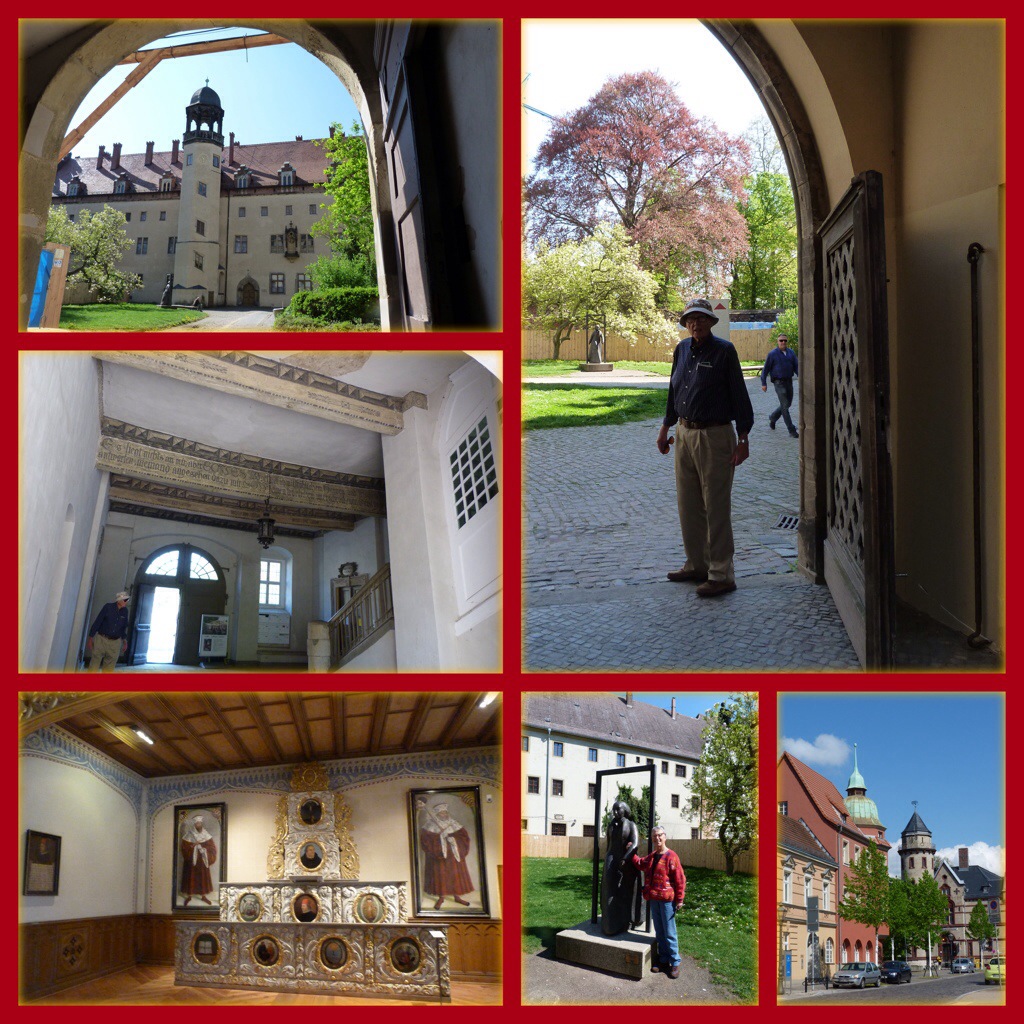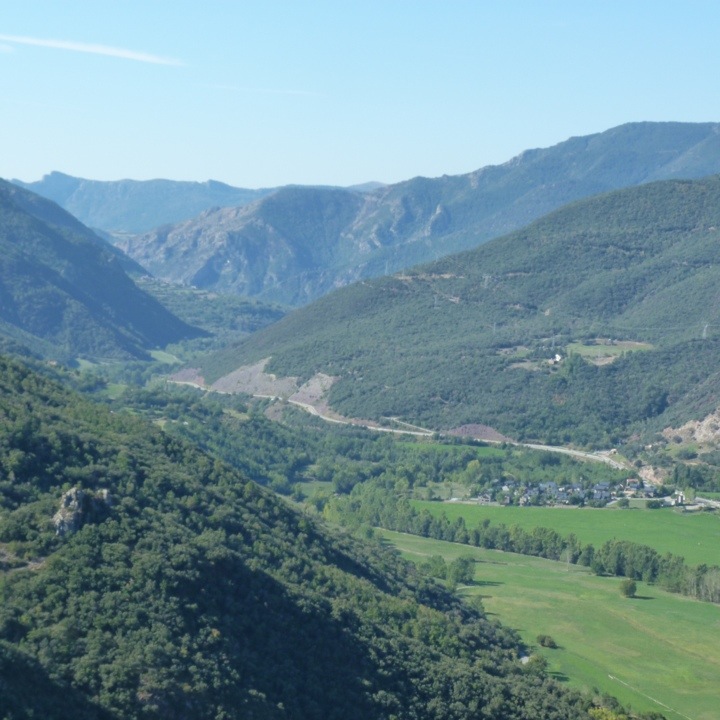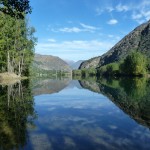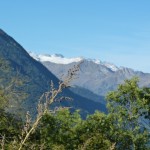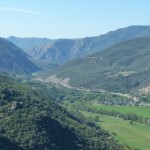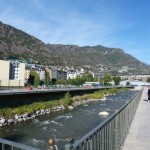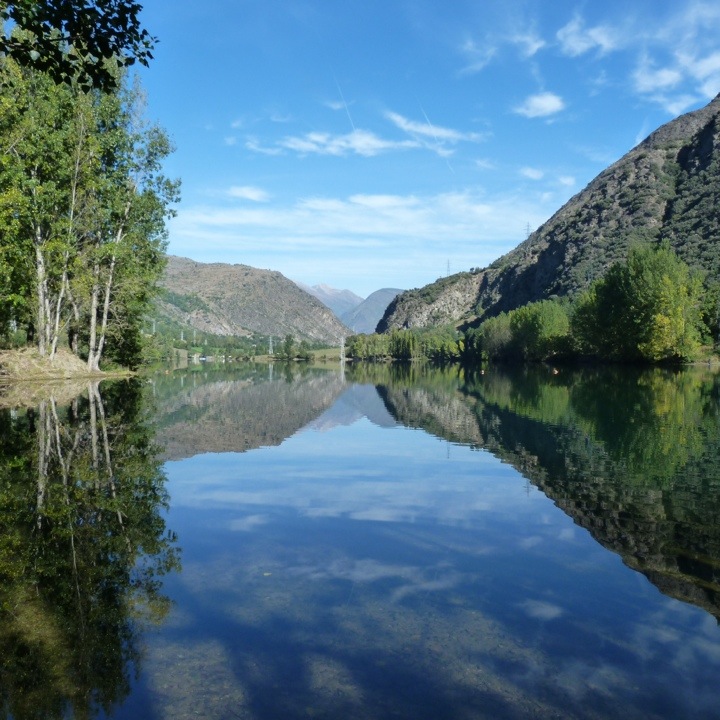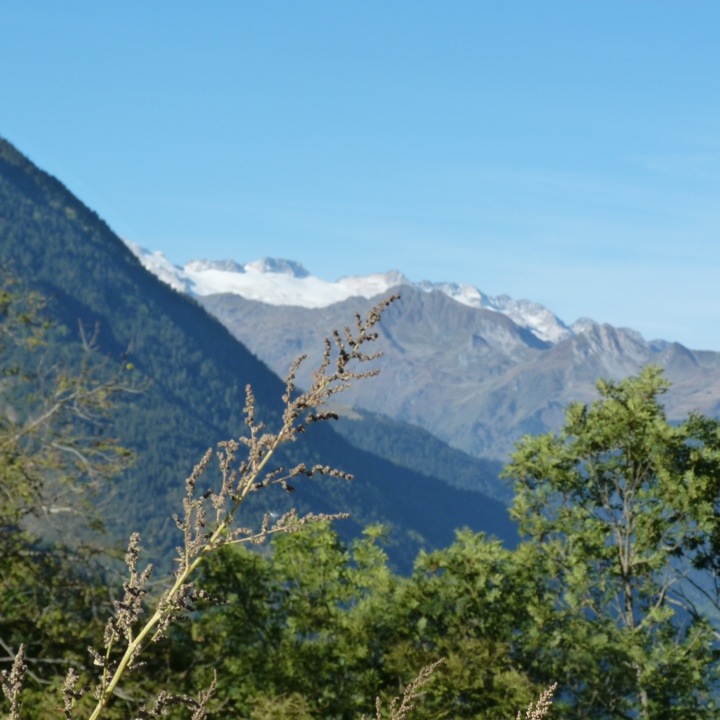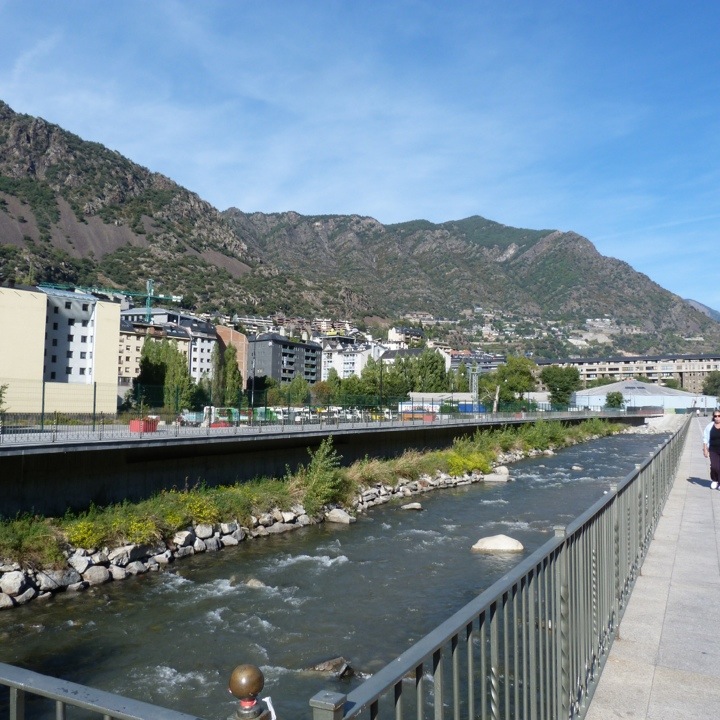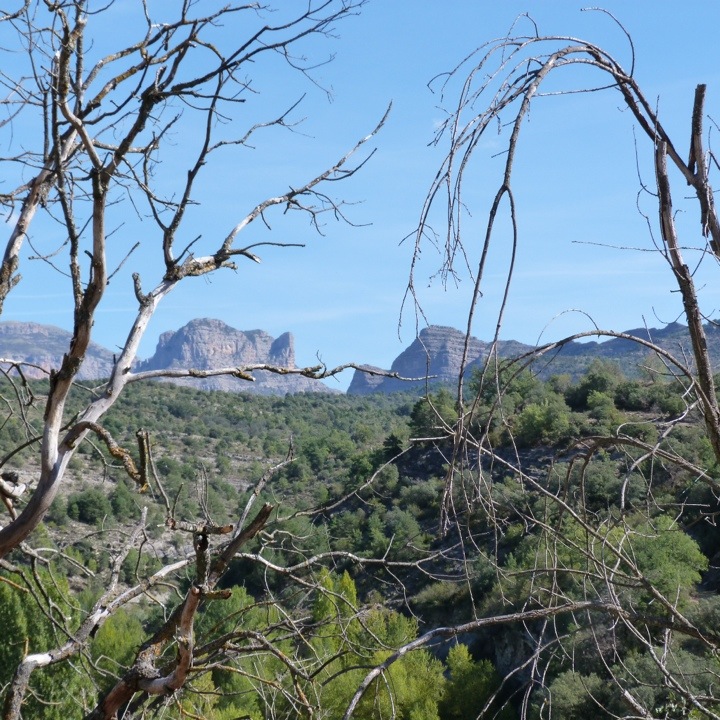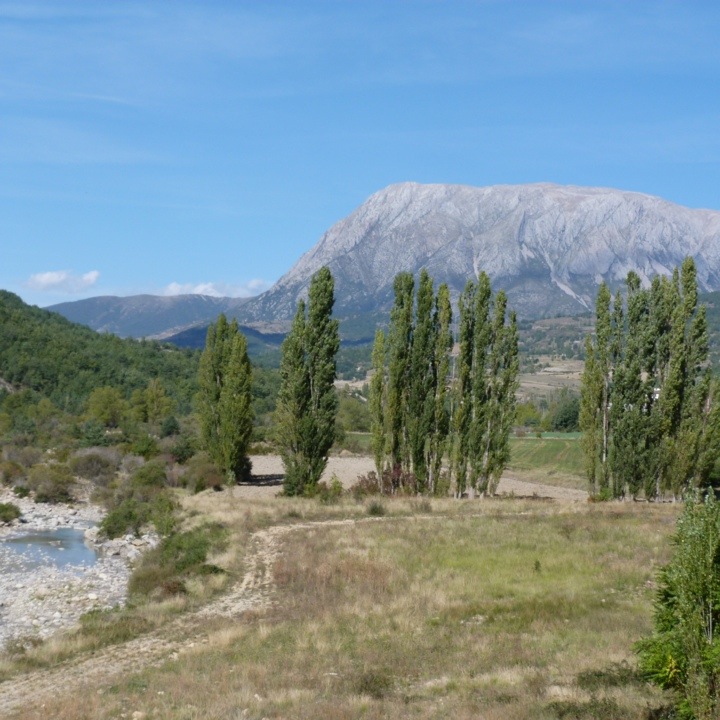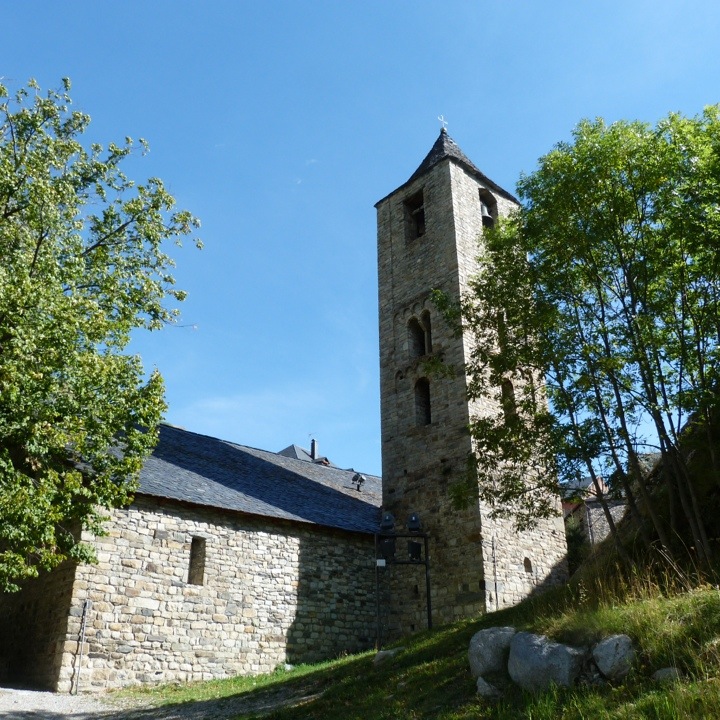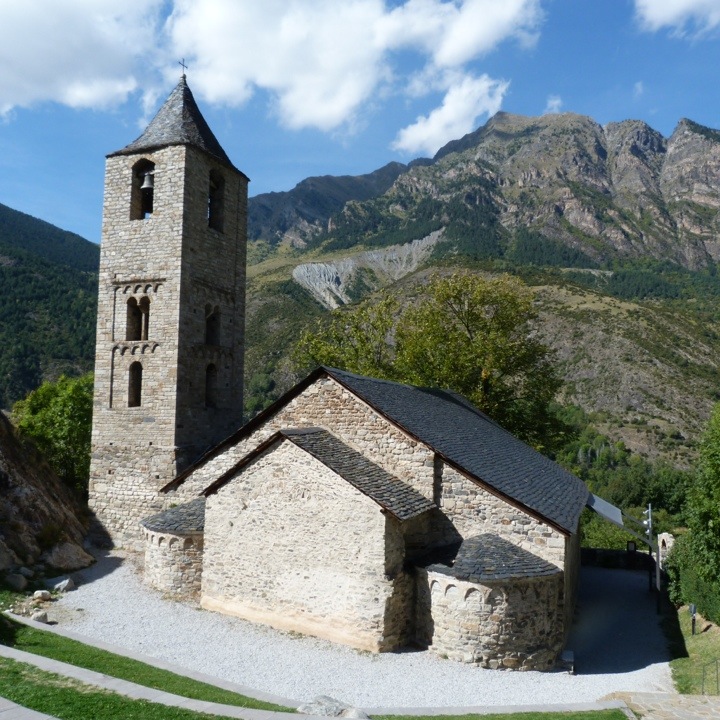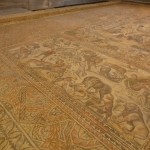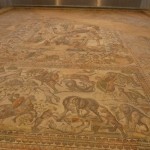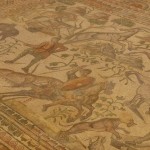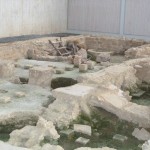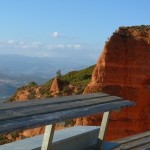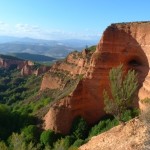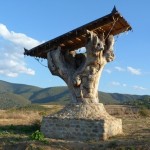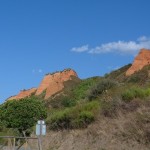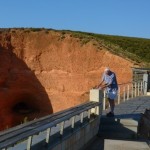Berlin, where to start?? We have waited so long and witnessed so much from a distance.

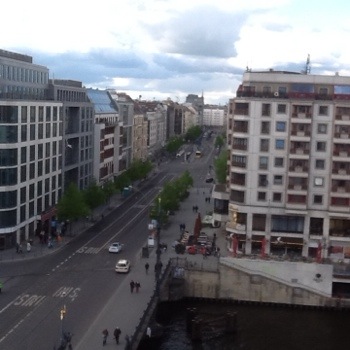
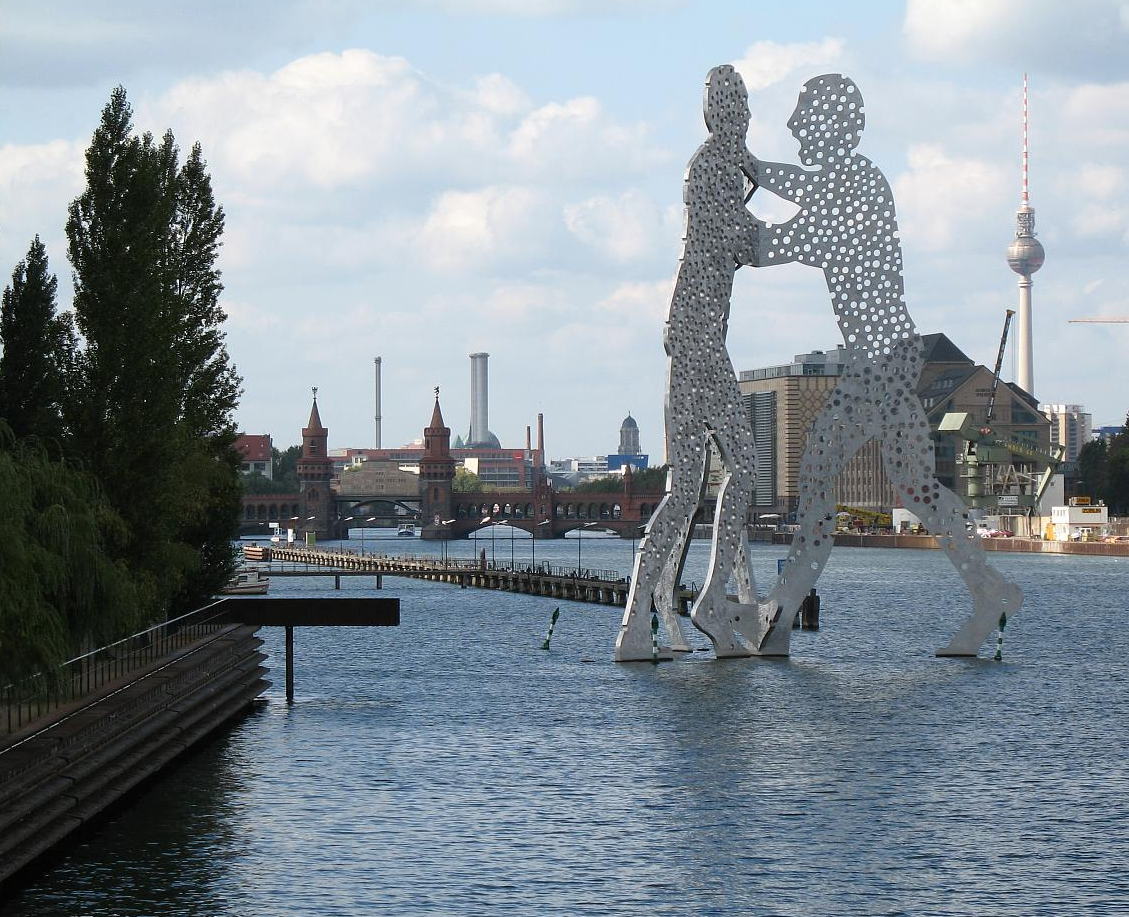 “Molecule Men” statue in Berlin in front of Berlin Osthafen.
“Molecule Men” statue in Berlin in front of Berlin Osthafen.
As we usually do to orient in a big city, we took the “Hop On-Hop Off” bus for the narrated tour around both the east and west sectors followed by a walk about exploration around the Museum Island. Spring/Easter weekend has the city buzzing with families out enjoying their city.
Easter morning we were at the Brandenburg gate well before most others.
A symbol of division during the Cold War, the landmark (Brandenburger Tor) now epitomizes German reunification. Inspired by the Acropolis in Athens this elegant triumphal arch was completed in 1791 as the royal city gate. It is crowned by the Quadriga, sculpture of the winged goddess of victory piloting a chariot drawn by four horses. After trouncing Prussia in 1806, Napoleon kidnapped the lady and held her hostage in Paris until she was freed by a gallant Prussian general in 1815. The Brandenburg Gate stands sentinel over Pariser Platz, a harmoniously proportioned square once again bounded by banks as well as the US, British and French embassies, just as it was in the 19th-century. Walking on to Reichstag, Germany’s historic parliament building toped with a glass cupola, we admired those able to climb for a great view. Walking on Unter den Linden which is at the heart of former East Berlin, we appreciated one of Europe’s grand boulevards laden with so much history and symbolism. Onward on foot we visited Museum Island in detail and saw the original Nefertiti in hopes of getting a picture of Bob next to her. Not allowed!!!! Way too many people must have cats named after her and so we left only slightly disappointed.
We ended Easter Day with a visit to the Berlin Wall Memorial, a moving docu-center with recordings of interviews with former residents who lived in the area, photographs and documents with the lone surviving stretch of the intact wall. There aren’t many original Berlin Wall remnants left. Longest section (0.75 mile or 1.3 kilometers) of the Berlin Wall still standing. It is an open-air gallery since 1990 with 106 murals by artists from 21 countries.
As we all remember Checkpoint Charlie was the principal gateway for Allies, other non-Germans and diplomats between the two Berlins from 1961 to 1990. This free temporary open-air exhibit chronicling Cold War history is a potent symbol of the Cold War but seems to have become a tacky tourist trap where uniformed actors pose for tips in front of a replica guardhouse and street vendors sell blatant Nazi knock-off memoabilia.
Berlin has powerful reminders throughout the city of those lost and persecuted. “Stumbling stones,” small brass plates embossed with names and dates are embedded in sidewalks and polished daily by pedestrian traffic.
